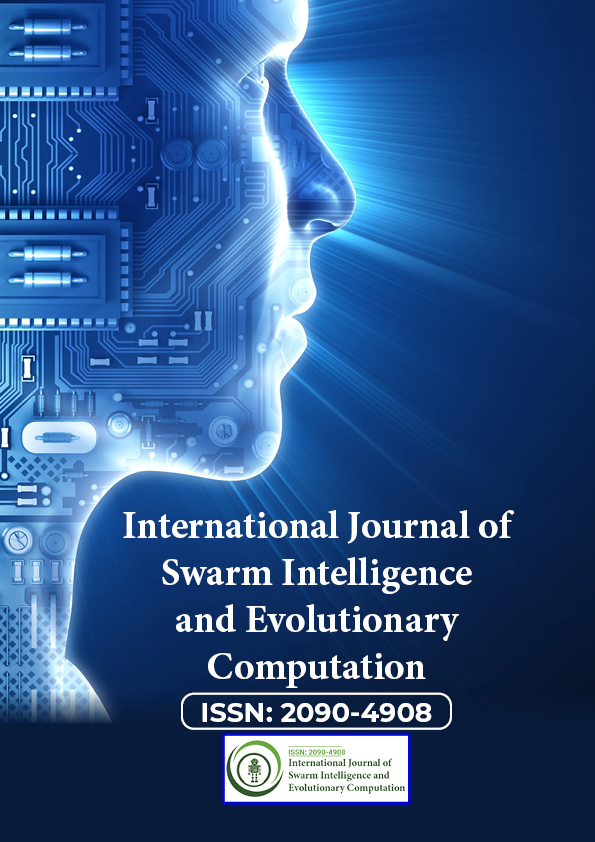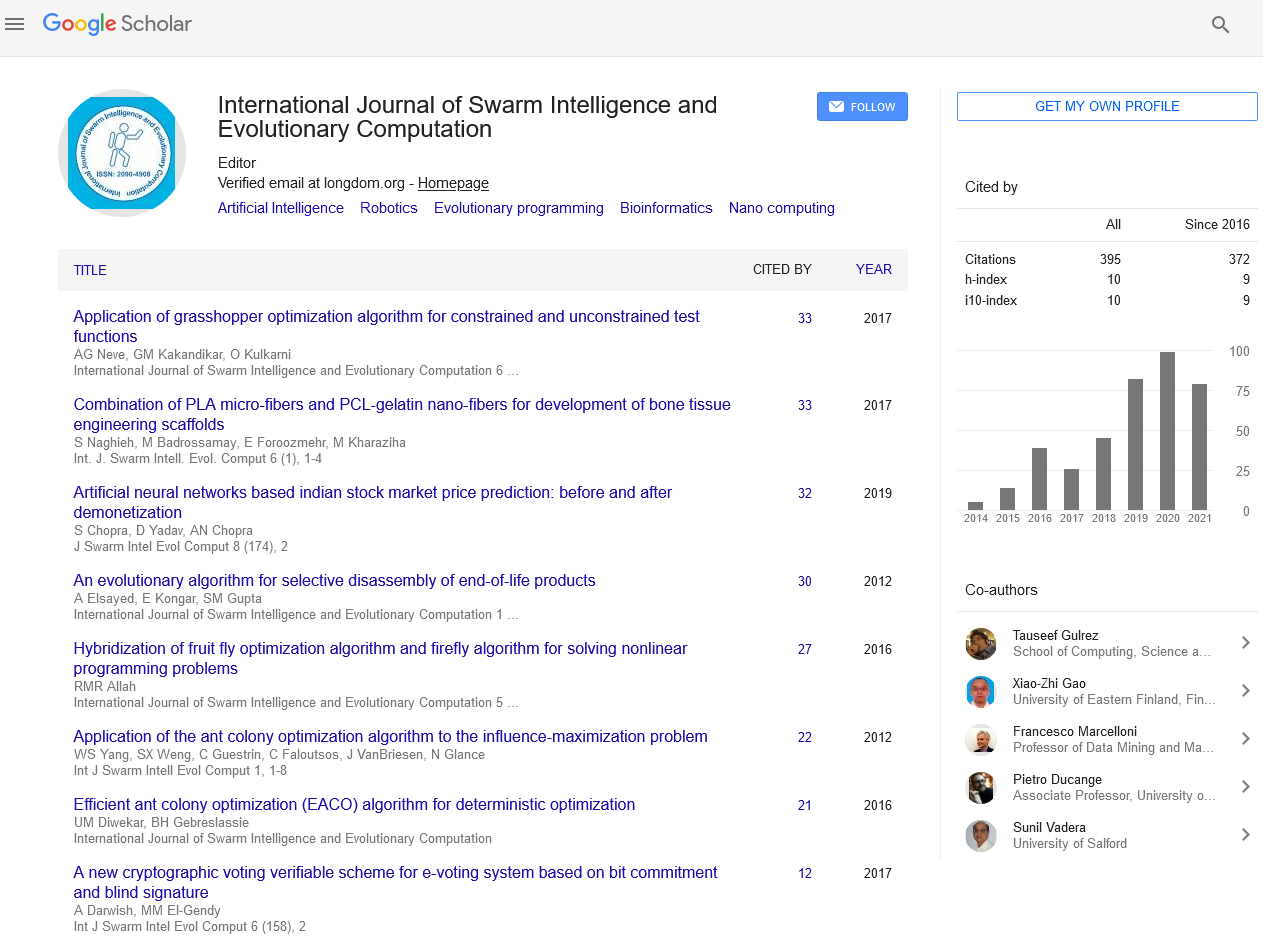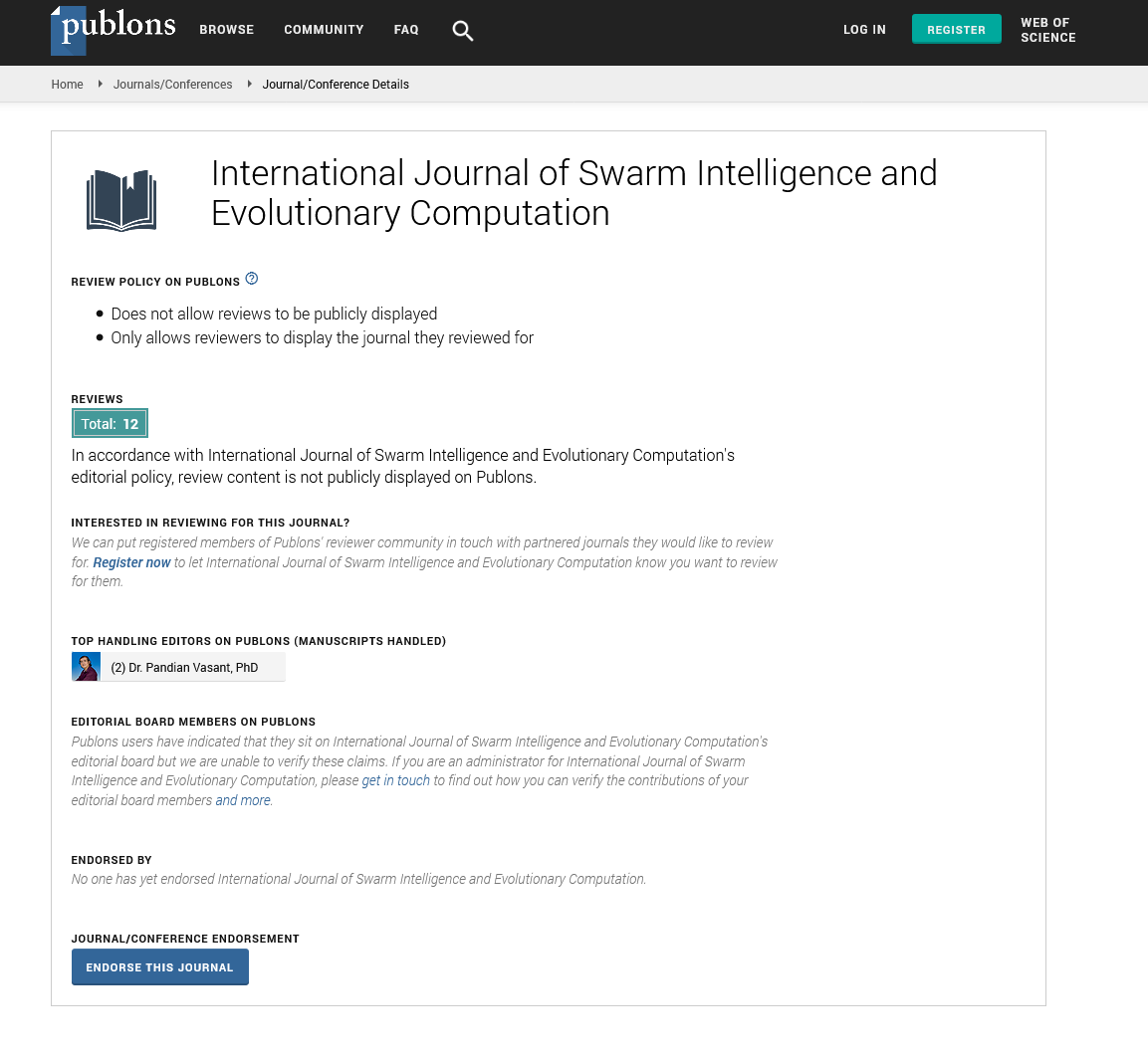Indexed In
- Genamics JournalSeek
- RefSeek
- Hamdard University
- EBSCO A-Z
- OCLC- WorldCat
- Publons
- Euro Pub
- Google Scholar
Useful Links
Share This Page
Journal Flyer

Open Access Journals
- Agri and Aquaculture
- Biochemistry
- Bioinformatics & Systems Biology
- Business & Management
- Chemistry
- Clinical Sciences
- Engineering
- Food & Nutrition
- General Science
- Genetics & Molecular Biology
- Immunology & Microbiology
- Medical Sciences
- Neuroscience & Psychology
- Nursing & Health Care
- Pharmaceutical Sciences
Abstract
Vertical Meaning: Introducing and Exercising Interpersonal Data in Quantum Circuits via Japanese Honorifics
This paper proposes a novel concept within Quantum Natural Language Processing (QNLP) to encode the interpersonal metafunction of Systemic Functional Linguistics (SFL), particularly tenor, into quantum circuits by treating Japanese honorifics seriously. Because of English language bias in the literature, the incorporation of nuanced aspects of interpersonal communication evident in low-resource languages like Japanese remains underdeveloped and overlooked. This study leverages the quantum computing Python package lambeq to capture grammar and social context specifically, the roles and relationships that define interpersonal interactions in quantum circuits. The newly introduced honorific type h accomplishes this end. This strategy exposes the capability of quantum circuits to model the complex structures of language, moving beyond grammar the horizontal, textual dimension of SFL to embrace the vertical, hierarchical dimension of human communication and social interaction more broadly. Through this lens, the paper underscores the potential of QNLP to transcend traditional linguistic analysis, advocating for a broader and more nuanced understanding of language that includes both the spoken word and the interlocutors’ social persona. An algorithm for parsing Japanese grammar into pre-group diagrams containing the h type is introduced along with a codebase for other researchers to use and to which to contribute. Lastly, a binary classification experiment demonstrates that the circuits generated from these pre-group diagrams are suitable for Quantum Machine Learning (QML) applications.
Published Date: 2024-08-02; Received Date: 2024-06-26


